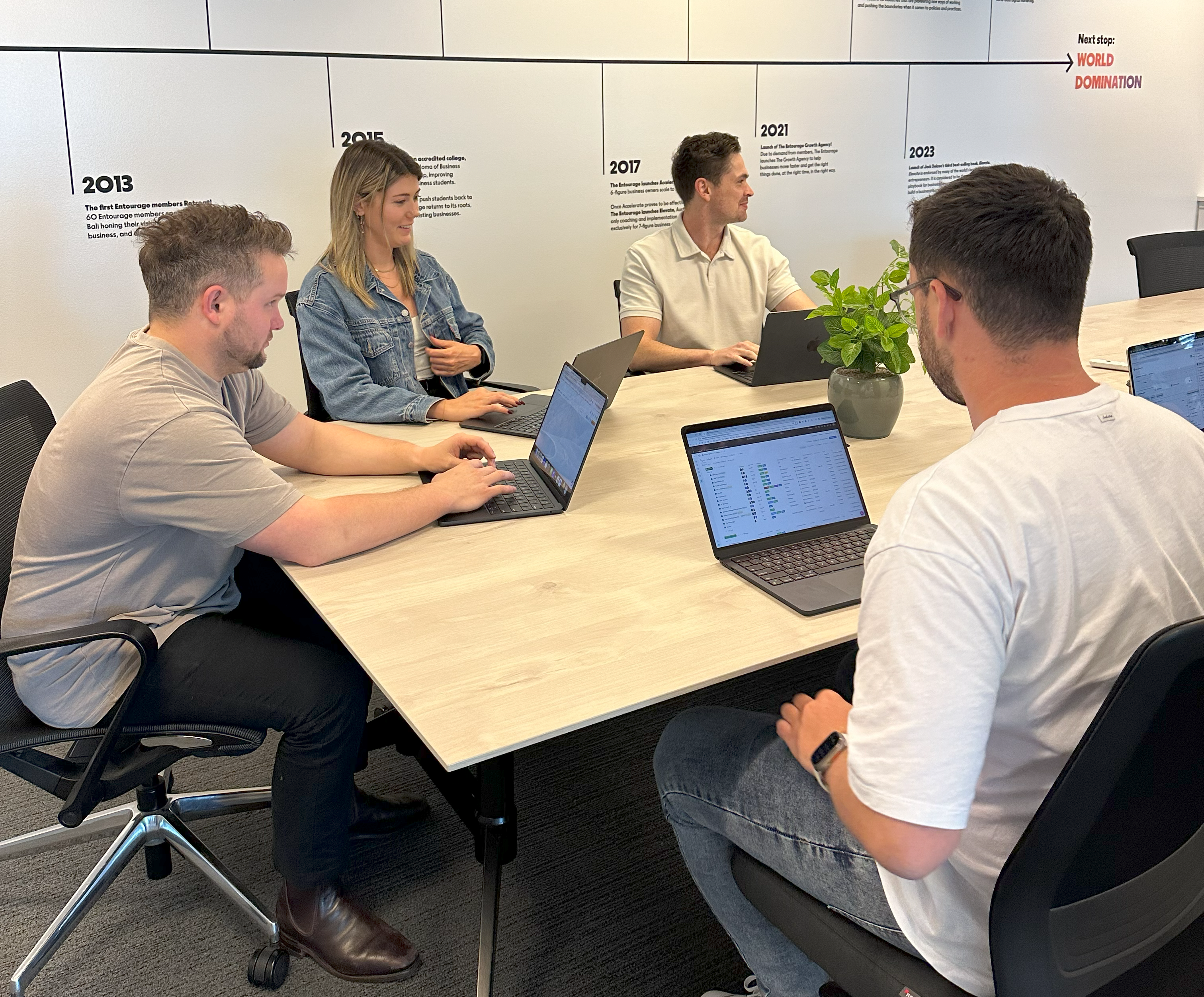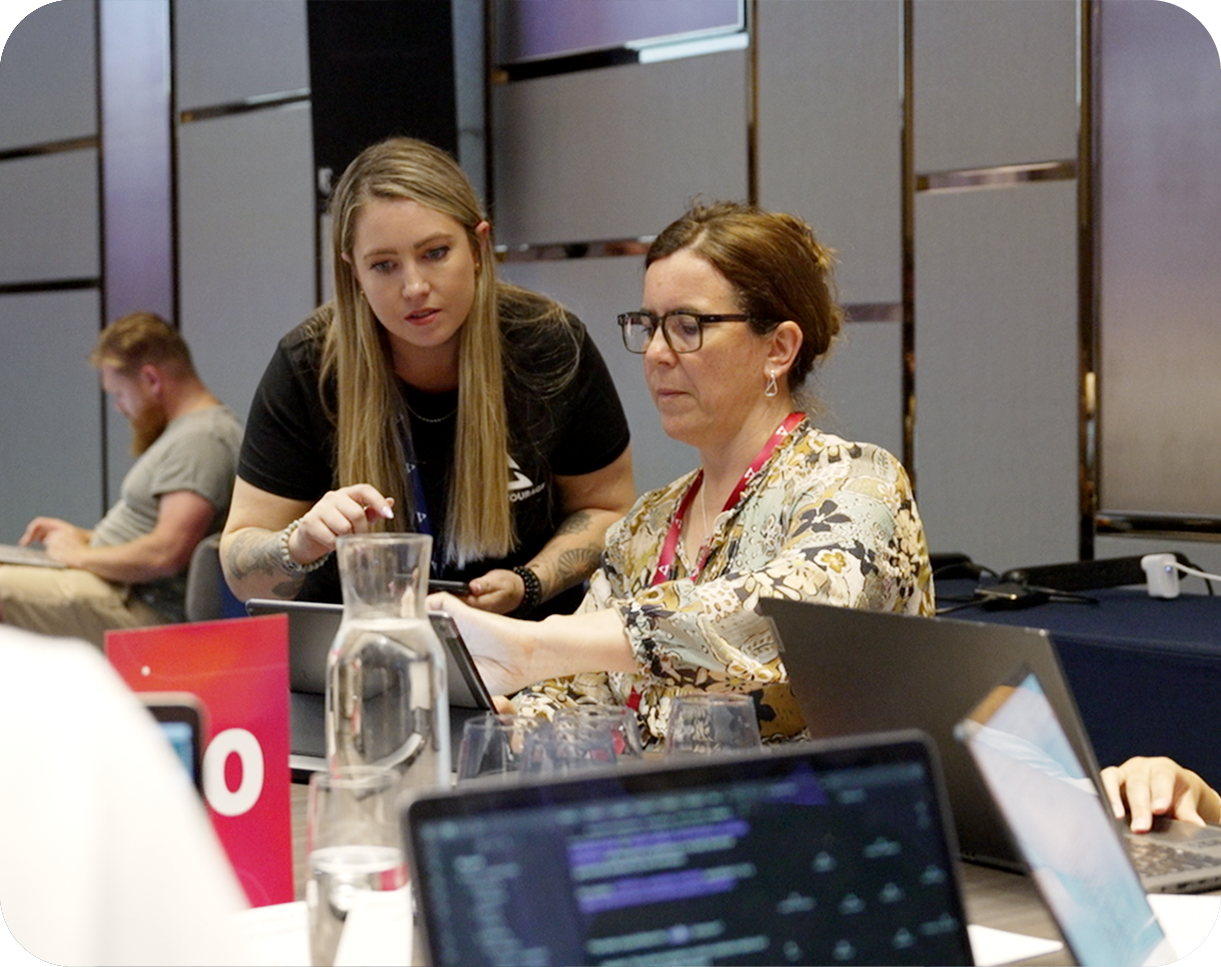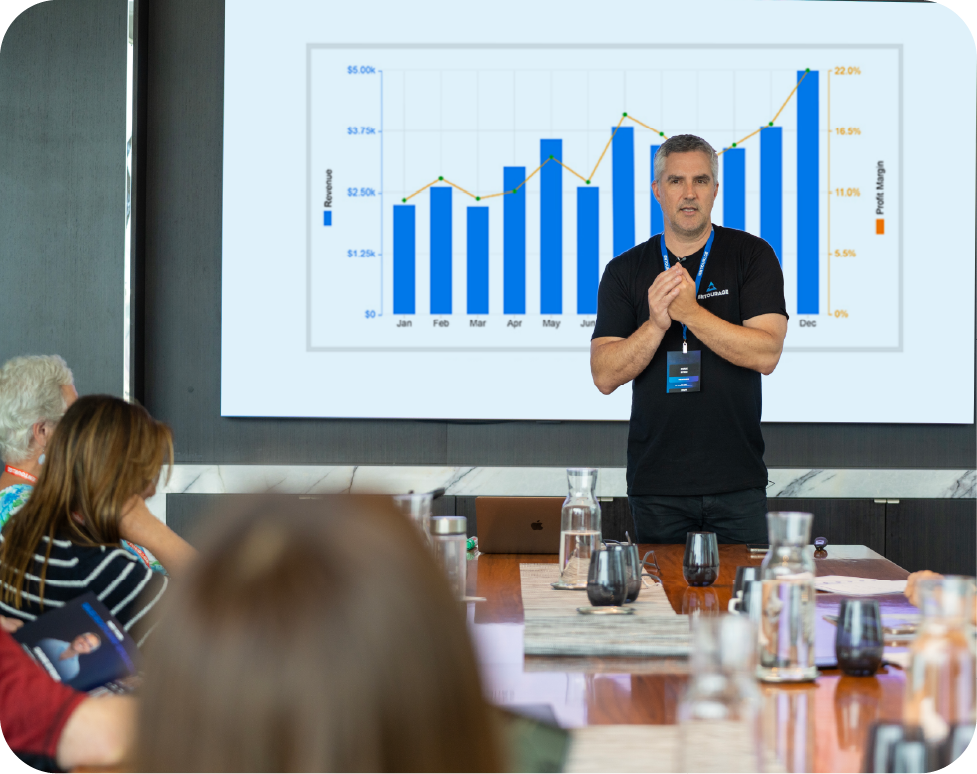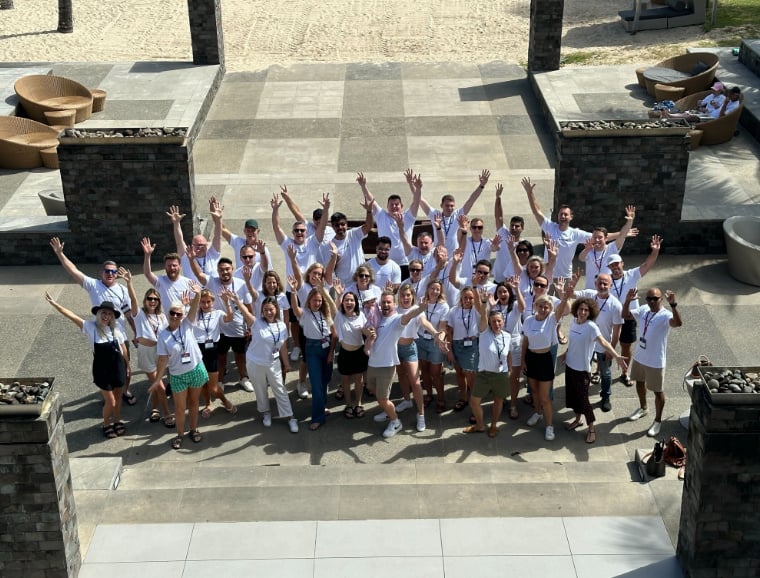Every SEO expert has different views on improving page rankings, but they all agree that link building is among the three pillars of SEO, along with quality content and keywords. This article explores five types of link building and viable strategies for each.
Link Building Basics
Link building is the practice of obtaining hyperlinks from external websites to your own. It's a core component of SEO, as search engines like Google use these links to assess a website's quality and relevance. Unlike buying ads, link building takes time and effort and brings little immediate value, but is more worth it in the long term.
Each inbound link acts as an endorsement, indicating to search engines that the linked content is valuable and credible. This leads to improved positions on SERPs, expanding your website's reach and visibility.
It's important to recognize that links vary in SEO value. As search engine algorithms have evolved, they now prioritize link quality and authenticity over quantity. Links from authoritative websites carry more weight than those from less reputable sources.
Let’s see which types of links are the most beneficial.
1. Niche Edits
Niche edits involve adding links to existing content on other websites, which differs from traditional link building service types as it leverages established, indexed pages rather than creating new content. There are several link building strategies you need to employ.
Ensure Contextual Relevance
Niche edit backlinks are vital for topical authority, so contextual relevance is crucial to avoid penalties from search engines. When adding a link to existing content, ensure that:
- The link naturally fits the surrounding text without disrupting the flow or meaning.
- The anchor text is appropriate and related to the linked page's content.
- The page should be closely related to your linked content.
- Your link adds value to the existing content, providing additional information or supporting a claim.
For example, if you're linking to a page about dog training, it would be contextually relevant to add this link to an article about pet care or animal behavior but not to an article about car mechanics.
Work with Reputable Site Owners
Working with reputable site owners is essential for maintaining the quality and integrity of your link-building efforts. Here are a few pointers to find good websites:
- Research the website's domain authority, traffic, and reputation before reaching out.
- Look for sites with a history of producing high-quality, original content.
- Avoid websites that exist solely for link-building or have a high number of outbound links.
- Establish a relationship with the site owner or editor before proposing a niche edit.
- Be transparent about your intentions and offer something of value in return, like updated information or additional resources.
Remember, a few high-quality links from reputable sites are more valuable than numerous links from low-quality or spammy websites.
Avoid Manipulative Practices
Search engines are getting better at detecting manipulative link-building. To stay on the safe side:
- Avoid using exact-match anchor text too often, as it can seem unnatural.
- Avoid paying for low-quality links or participating in link farms.
- Don't use automated tools to insert links into multiple sites at once.
- Avoid sudden spikes in your link profile — build links gradually and naturally.
Create valuable content to attract links and build your site's authority. When proposing niche edits, emphasize how your link benefits the existing content and its readers.
In a perfect world, you’d get link insertions for free if your content is good, benefiting users the most. However, in reality, link insertion and niche edits are usually paid link building techniques. Alternatively, you might be asked to reciprocate with a link to the partner’s website.
Don't use automated tools to insert links into multiple sites at once, as they may result in duplicate or incorrect links. You can check for these issues using free tools like the Attrock Canonical Tag Checker to avoid placing wrong links.
2. Internal Links
Internal links connect different pages within your website, aiding search engines in understanding your site structure and distributing link equity. Here are the best practices for internal linking.
Use Relevant Anchor Text
Anchor text refers to the clickable words used in a hyperlink. For internal linking, relevant and descriptive anchor text is essential for user experience and SEO. Search engines rely on anchor text to understand the linked page’s context. Here’s how to effectively use anchor text for internal links:
- The anchor text should clearly describe the content of the linked page. For example, use specific phrases like “learn more about our SEO services” instead of generic text like “click here.”
- Ensure the anchor text closely relates to the target page content.
- Avoid overusing keywords in your anchor text, as it can be seen as manipulative by search engines. Strive for a natural, user-friendly approach.
Create a Logical Site Structure
A well-organized site structure is the backbone of effective internal linking, helping users and search engines navigate your website easily and ensuring important pages are accessible and properly indexed:
- Arrange your website's content in a clear hierarchy, with primary categories and subcategories.
- Group related content together in “silos” aka categories. For example, a digital marketing website might, might have silos for SEO, content marketing, and social media.
- Within each silo, link from top-level category pages to subcategory pages and from subcategory pages to individual articles.
- Link between silos when content overlaps to distribute page authority across your site.
Balance the Quantity of Links
While internal linking is beneficial, overloading a page with links can overwhelm users and dilute the SEO value of each link. It's important to find the right balance in the quantity of links on each page:
- Ensure that the number of internal links on a page enhances user experience. Too many links can make content difficult to read and navigate, leading to higher bounce rates.
- Prioritize linking to the most relevant and valuable pages instead of linking to every possible page.
- Limit the number of internal links on a page. The reasonable number is individual and requires testing for each website, but the general rule of thumb is 5–10 links per 2,000 words.
3. External Links
External links are outbound links from your site to other websites. While it may seem counterintuitive to link to other sites, strategic external linking can benefit your SEO in a number of ways.
Associate Your Site with Authoritative Sources
Linking to reputable sources enhances your content’s credibility and provides your audience with trustworthy information. This practice improves user trust and SEO. Here’s how to associate your site with authoritative sources:
- Prioritize linking to established, reputable websites like educational institutions, government sites, top blogs, or major news outlets.
- Ensure the linked content is directly relevant.
- Use it to prove your point. Stats from a reputable website can support your claims so they don’t sound made-up.
Provide Additional Value to Your Readers
External links can offer additional insights or resources that complement your content. When used thoughtfully, they can enhance the user experience by directing them to further reading or tools that add value to your original content. Here’s how to use external links to provide additional value:
- Link to external articles, tools, or resources that expand on the information you provide.
- Ensure that external links open in a new tab or window, so users don’t have to navigate away from your site.
Encourage Reciprocal Linking
Reciprocal linking involves exchanging links with other websites, where both parties agree to link to each other’s content. While this strategy should be used cautiously to avoid appearing manipulative to search engines, it can be an effective way to build relationships with other sites and drive mutual traffic. Here’s how to encourage reciprocal linking:
- Before asking for a reciprocal link, focus on building a relationship with the other site owner. Engage with their content, leave thoughtful comments, and share their posts on social media.
- Avoid excessive or indiscriminate reciprocal linking, as this can be seen as a link scheme by search engines and may negatively impact your SEO.
When using external links, ensure they are relevant to your content and come from reputable sources. Balance is key — too many external links can dilute your page's authority.
4. Backlinks
Backlinks, also known as inbound links, are links from external websites that point to your site. They are a fundamental aspect of SEO, as search engines view them as votes of confidence in your content.
There are two main types of backlinks: dofollow and nofollow. Dofollow links pass link equity, while nofollow links don't directly impact search rankings but can still drive traffic.
To acquire quality backlinks, consider these strategies.
Guest Posting on Reputable Sites
Guest posting, aka manual outreach, involves creating content for other websites in your industry. This strategy allows you to showcase your expertise while earning valuable backlinks to your own site. To implement this effectively:
- Identify authoritative websites in your niche.
- Pitch unique, valuable content ideas to these sites (hence the name “manual outreach”).
- Create high-quality articles that provide real value to the host site's audience.
- Include a natural link back to your website within the content or author bio.
A subtype of guest posts is a sponsored post. The main difference is that you pay the website to place your content on their platform. This usually results in fewer dofollow links and more caution from readers, but it can still be a relevant tool for improving your SERP positions.
Broken Link Building
This clever technique involves finding broken links on other websites and offering your content as a replacement. It's a win-win situation: you help site owners fix their broken links while gaining a backlink. Here's how to do it:
- Use tools to find broken links on relevant websites. Ahrefs and Google Search Console both have relevant tools, with many free and premium alternatives available.
- Create or identify content on your site that could serve as a suitable replacement.
- Reach out to the site owner, informing them of the broken link and suggesting your content as an alternative.
The Skyscraper Technique
Developed by Brian Dean of Backlinko, this strategy involves creating content that surpasses existing popular resources and then reaching out to sites that link to these inferior versions. To implement the Skyscraper Technique:
- Find popular content in your niche that has attracted many backlinks.
- Create a significantly better version of this content (more comprehensive, better designed, more up-to-date, etc.).
- Contact websites linking to the original content and show them how your improved version could be more valuable to their audience.
5. Natural Backlinks
Natural backlinks are those earned organically, without direct outreach or payment. Search engines highly value them as they represent genuine endorsements of your content. Here are the ways to attract natural backlinks.
Create High-Quality, Shareable Content
The foundation of earning natural backlinks lies in producing content that stands out for its quality and uniqueness. When your content offers something that others can't easily find elsewhere, it becomes more likely to be shared and linked to. Here’s how to create content that naturally attracts backlinks:
- Create content that brings a fresh perspective or new information to your audience. This could be original research, in-depth case studies, or unique insights that aren't widely covered in your industry.
- Aim to solve specific problems or answer common questions in your content.
- Make your content easy to share by incorporating visual elements like infographics, videos, and charts.
Leverage Social Media
Social media is a powerful tool for increasing the visibility of your content, which in turn can lead to more natural backlinks. By actively promoting your content on social platforms, you can reach a wider audience and increase the chances of it being picked up and linked to by others. Here’s how to use social media to boost your content’s visibility:
- Regularly share your content across multiple social media platforms to keep it visible and at the top of your audience's mind.
- Actively participate in conversations around your content. Respond to comments, answer questions, and engage with others who share or discuss your content.
- Highlight when your content is shared or mentioned by influential figures in your industry.
Build Relationships Within Your Industry
Building relationships with other industry professionals, bloggers, and influencers can lead to organic mentions and backlinks. When you establish genuine connections, others in your industry are more likely to reference your content in their own work. Here’s how to cultivate relationships that lead to natural backlinks:
- Attend industry events, participate in online forums, and engage with other professionals on social media.
- Partner with other industry experts on collaborative projects, such as guest posts, webinars, or podcasts.
- Share and promote content from others in your industry. By supporting their work, you increase the likelihood that they will return the favor and link to your content when relevant.
Types of Indirect Link Building
But link building is not all about increasing your blog’s SERP rankings. It is also about creating a visibility of a credible source. There are two things to keep in mind when using link building to indirectly promote your blog.
Link Building Strategies for Profile Enrichment
Using different channels for article distribution is vital for creating a diverse link profile. It makes zero sense for a website to only have links from guest posts or from forum comments.
Search engines can pick up on these things and flag your blog for suspicious activity, effectively killing your chances of getting to the top of SERPs.
Try to have a varied profile of links to your website, including comments on forums and thematic boards, catalogs, and metadata of pictures.
Link Building Strategies for Improving Trust and Authority
Links that improve your trust are typically nofollow links from highly reputable sources. Think Wikipedia, major news outlets like The New York Times or Forbes, and government websites.
These aren’t easy to achieve and require you to put in significant work into creating top-notch content and getting your name out there.
Wikipedia allows you to add your own links to the articles. If everything goes through fine, you’ll have a nice, reputable link. If not, you’ll still have a high-quality article with info that people are looking for.
Outlets like Forbes actually invite people to guest post, so it’s much easier than it seems. Again, as long as you have a good blog post and fit all their strict criteria.
With government organizations, there is really no foolproof way to get a backlink from them. Get in contact and offer your services, comment on their posts with your link, or look for other link building opportunities with them.
Conclusion
As search algorithms continue to evolve, the importance of natural, relevant links will only increase. By creating valuable content and fostering genuine connections within your industry, you'll build a strong foundation for sustainable SEO success.
Remember, link building is an ongoing process that requires patience and persistence. Regularly review your link profile, adapt your strategies as needed, and always prioritize the user experience. With a thoughtful approach to these various link building types, you'll be well on your way to boosting your SEO ranking and increasing your online visibility.
Related Categories
Ryan Terrey
As Director of Marketing at The Entourage, Ryan Terrey is primarily focused on driving growth for companies through lead generation strategies. With a strong background in SEO/SEM, PPC and CRO from working in Sympli and InfoTrack, Ryan not only helps The Entourage brand grow and reach our target audience through campaigns that are creative, insightful and analytically driven, but also that of our 6, 7 and 8 figure members' audiences too.





